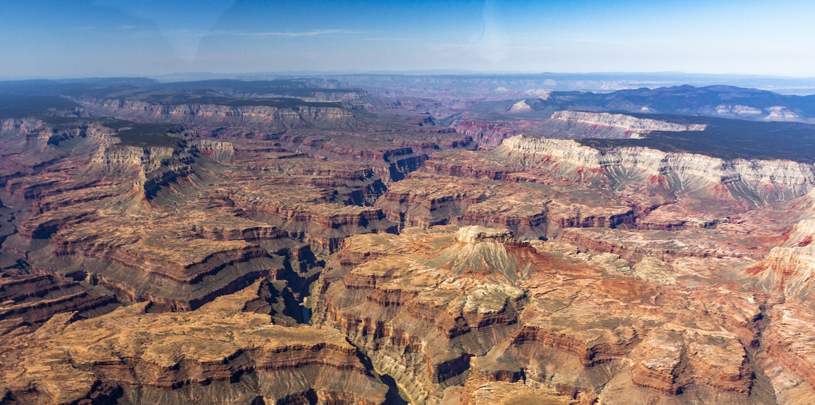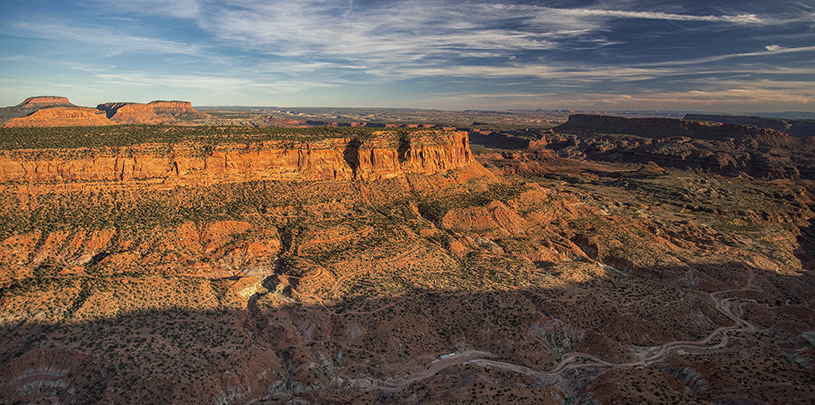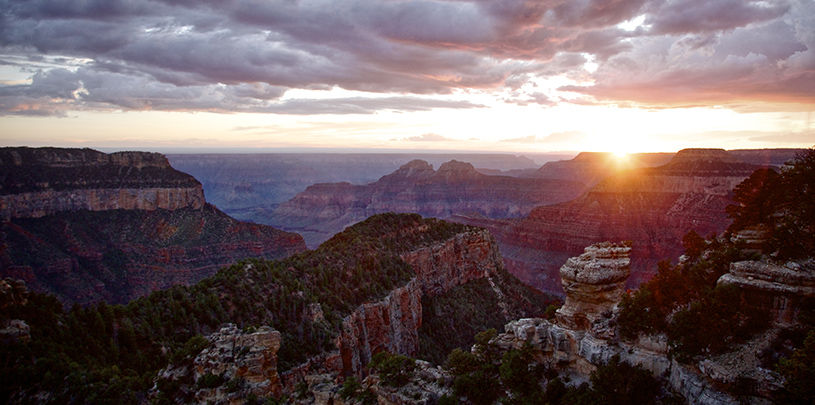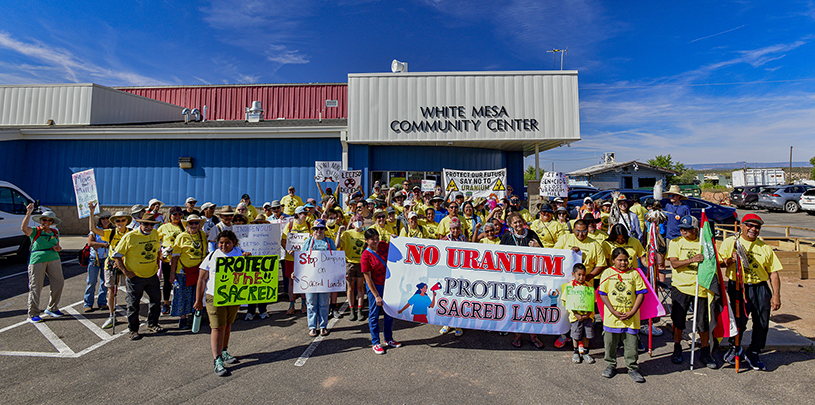
Update! The Grand Canyon Centennial Protection Act passed the U.S. House of Representatives on October 30, 2019!
As the battle to protect the Grand Canyon from uranium mining heats up with the summer sun, in June, congressional subcommittees heard testimony related to two bills that fight back against an administrative agenda that reads like a mining industry wish list.
The Grand Canyon Centennial Protection Act would make the current temporary mining ban around Grand Canyon National Park permanent while the Uranium Classification Act of 2019 would remove uranium from a list that gives uranium mines priority over other interests, like protecting your public lands. As one of the expert witnesses invited to testify about just how dangerous uranium mining is, the Grand Canyon Trust had a front-row seat.
What we’re up against
As of last year, uranium is on the federal government’s list of “critical minerals” for the first time in history, and, in June, we saw the administration’s plan to “enhance access” to the minerals on that list. The plan includes a call to review all mining bans and land-use designations that prevent mining, including national monuments, wilderness areas, and national parks. In addition to its call to open some of America’s most treasured and important landscapes to mining, the plan also calls for streamlining environmental reviews for uranium and other critical mineral mines.
And any day now, we expect to hear whether the president will impose trade measures that would artificially boost demand and prices for domestically mined uranium. These measures were proposed by two mining companies, one of which has a significant stake in mining claims around the Grand Canyon, as well as within the original boundaries of Bears Ears National Monument. The same company also owns the last operating U.S. mill capable of processing conventionally mined uranium ore.
Speaking truth to power
The subcommittee hearings highlighted the voices of tribal leaders, scientists, local elected officials, and national security experts who agree that efforts to enhance domestic uranium mining, particularly around the Grand Canyon, are misguided. America also got a good look at some of the most egregious misinformation being spread by those pushing to mine uranium near Grand Canyon National Park.
No, uranium mining isn’t good for the environment
One of the most bizarre claims came from Arizona Congressman Paul Gosar, who suggested that mining uranium was actually good for the environment: this is abjectly false.
One of the biggest risks of mining uranium comes from the high potential for it to dissolve in water and be transported into a drinking water aquifer, a surface stream, and/or seeps and springs inside the Grand Canyon via regional geologic systems that are not well understood. The key requirement for uranium’s solubility in water, however, is the presence of oxygen. The ore bodies that mining companies seek to mine exist precisely because the uranium has been stabilized — it has reached a point where oxygen is not present and therefore trace amounts of dissolved uranium, over thousands, even millions of years, have formed a concentrated ore deposit. Digging a mineshaft to get to the ore re-exposes that once stabilized ore to oxygen, allowing it to become mobile again, as does hauling the ore to the surface and storing it. Once out of the ground, anything from human error to extreme weather risks introducing uranium into surface or groundwater systems, despite any regulatory precautions.
Put plainly, mining uranium exposes the environment to the inherent risk of contamination, and in the Grand Canyon region, scientists, mining companies, and regulators alike lack the complete hydrologic understanding to honestly weigh that risk, let alone avert it.
The upshot
Mining companies and their supporters in Congress and the administration are doing everything they can to strip away important protections, from mining bans, to national monument designations, to environmental regulations. You can help stop them. Call your members of Congress today:
- Ask your congressional representatives to support the Grand Canyon Centennial Protection Act (H.R. 1373) and the Uranium Classification Act of 2019 (H.R. 3405).
- Ask your senators to introduce or support a companion bill to H.R. 1373 and H.R. 3405.




